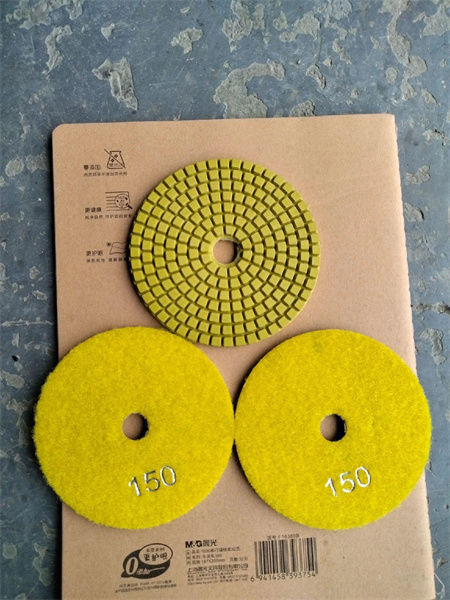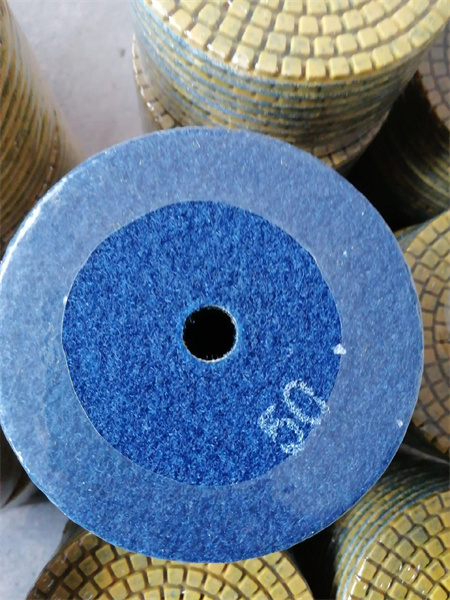Polishing stone is an art, and like any fine art, it requires attention to detail, precision, and technique. One of the most challenging aspects of polishing stone is dealing with the corners and edges. These areas often present unique obstacles that can make the process seem more difficult than it really is. However, with the right approach and tools, you can achieve a smooth, glossy finish on every part of your stone surface, including the tricky corners and edges.

One of the first things to keep in mind is that corners and edges require more finesse than flat surfaces. Depending on the type of stone you’re working with—whether it’s granite, marble, or something softer like limestone—the edges will be more prone to chipping, scratching, or uneven polishing. The goal is to achieve a polished edge that not only looks smooth but also blends seamlessly with the rest of the surface.
Start by assessing the edges of the stone. If there are any noticeable imperfections, chips, or rough spots, they will need to be smoothed out before the polishing process can begin. A coarse diamond pad is perfect for this step, as it can grind down the imperfections without damaging the stone. If you’re working on particularly sharp corners, be gentle when applying pressure to avoid breaking the stone or creating new damage. It’s important to focus on gradually working your way around the edges, using a back-and-forth motion rather than pressing too hard in one spot.
Once you’ve smoothed out the rough patches, it’s time to move on to the polishing phase. This is where specialized tools become invaluable. For most stone polishing projects, you’ll want to use a polishing pad with a finer grit. To polish corners and edges, you may need to use smaller, more flexible polishing pads that can curve around tight spaces without losing their effectiveness. The key here is patience—polishing edges and corners is a meticulous process that takes time, but it’s worth it for a flawless finish.
Using a variable speed polisher can help control the intensity of the polishing, especially when working on edges. Slower speeds allow for more controlled work, reducing the risk of burns or unwanted scratches, while higher speeds can be used once the surface has been prepped and you’re ready to achieve a high-gloss finish. Be mindful of the angle at which you hold the polishing tool. Holding it at an angle that allows it to hug the curve of the stone ensures that the polish is even and that you’re not overworking any one area.

For those working with natural stones like granite or marble, it’s important to note that some stones are more porous than others. In these cases, it’s a good idea to seal the edges after polishing to protect them from staining or damage over time. A good-quality stone sealer will penetrate the surface, offering protection against moisture and environmental elements while enhancing the stone’s natural shine.

Whether you’re polishing the edge of a countertop, a backsplash, or a custom stone piece, the key to handling corners and edges successfully is a combination of technique and proper equipment. With the right tools, a steady hand, and a little practice, you’ll soon be able to handle those tricky areas like a pro, leaving your stone surfaces looking polished, professional, and perfectly finished from edge to edge.
